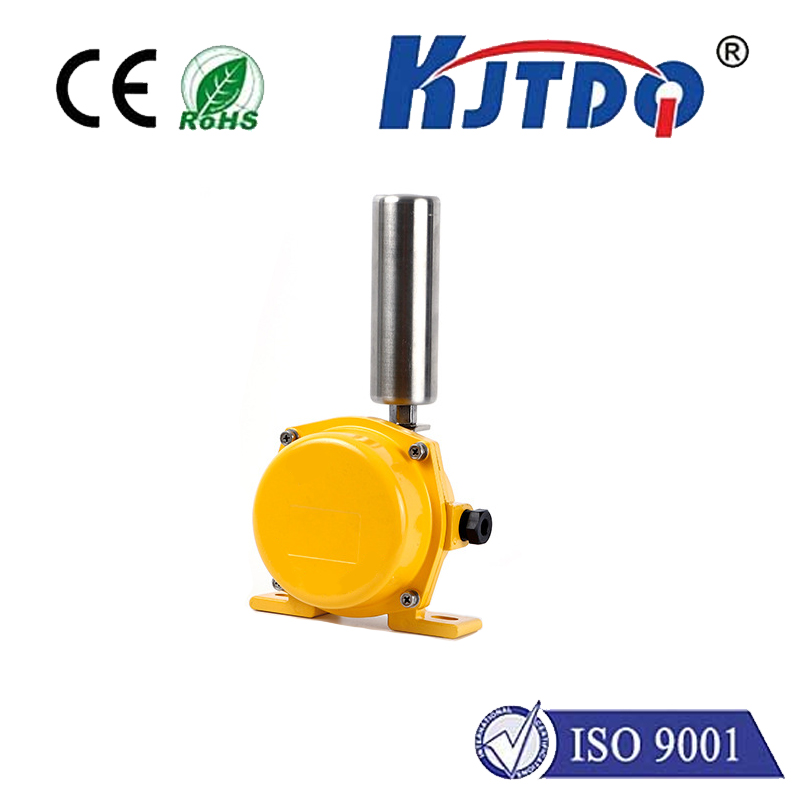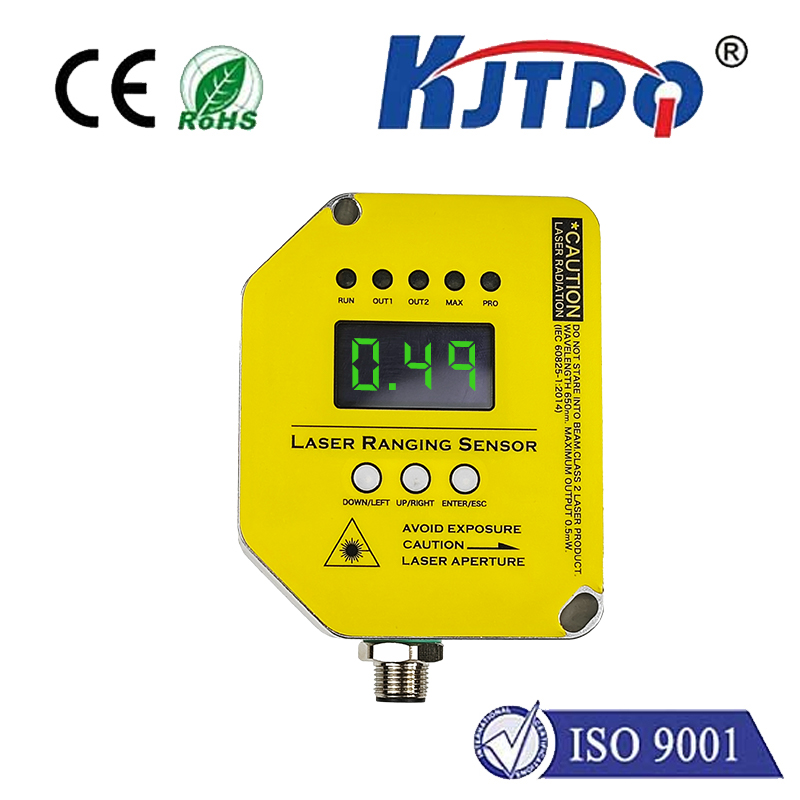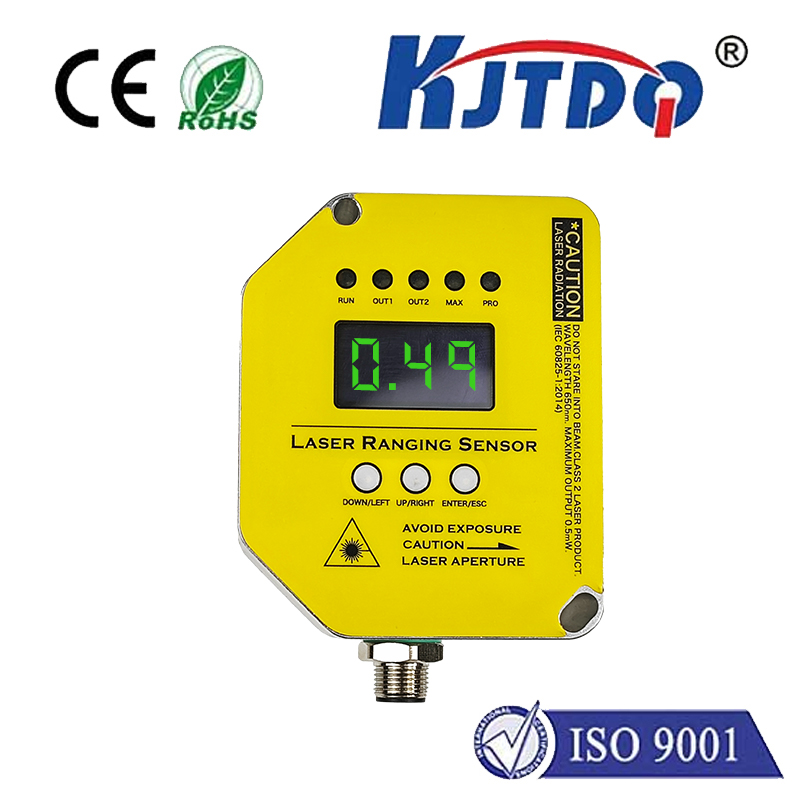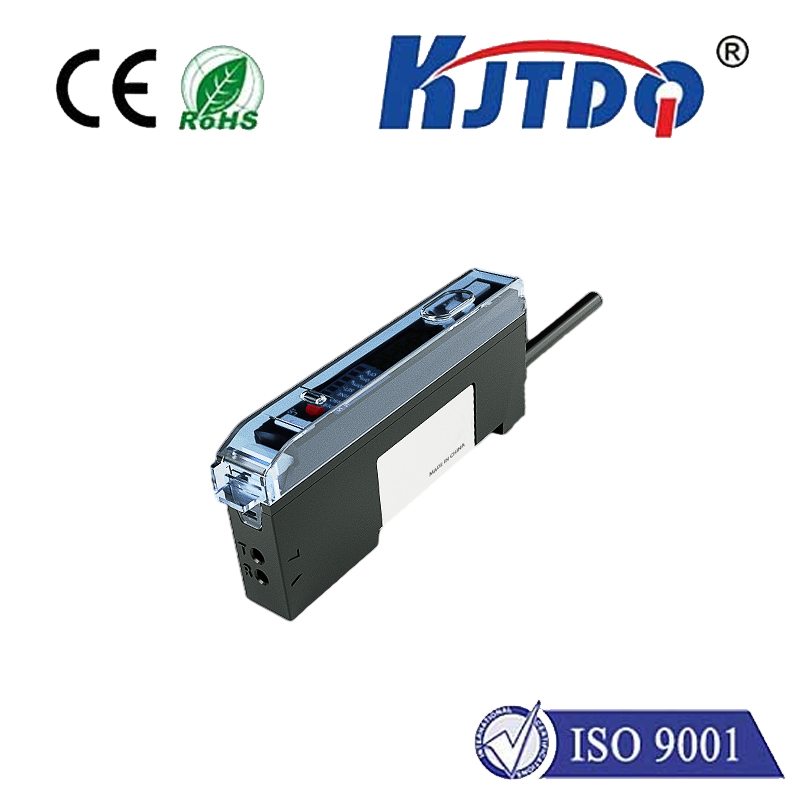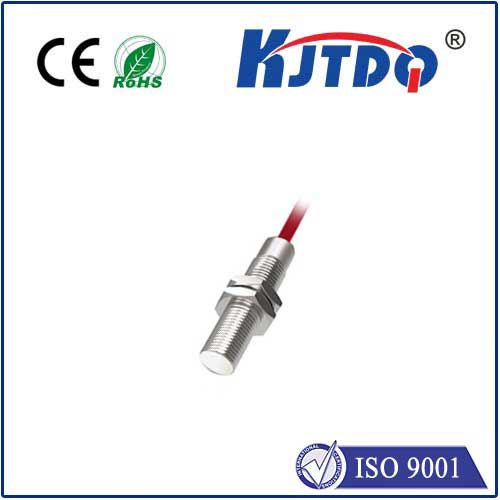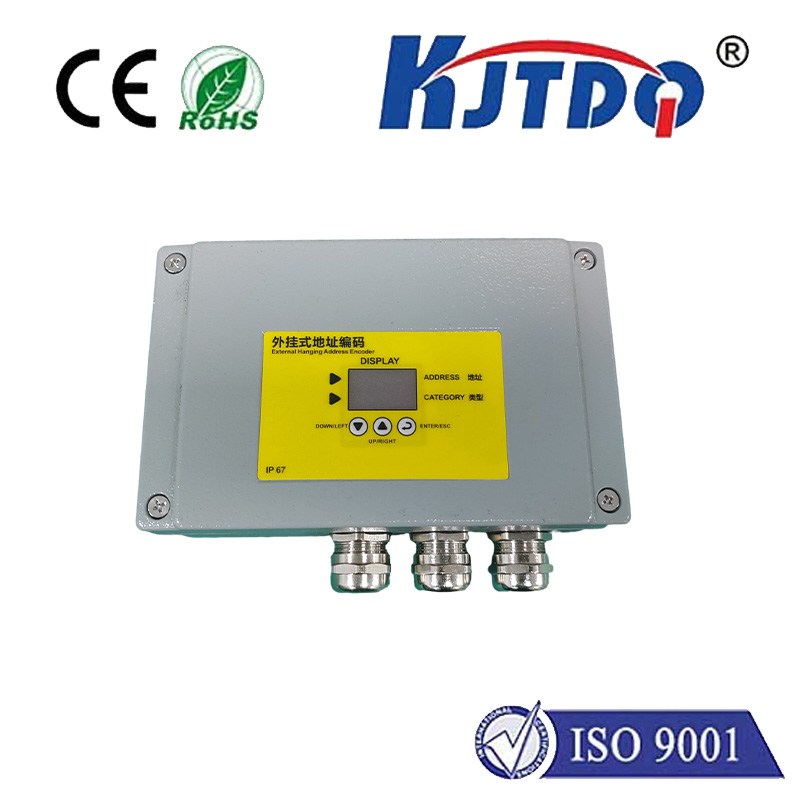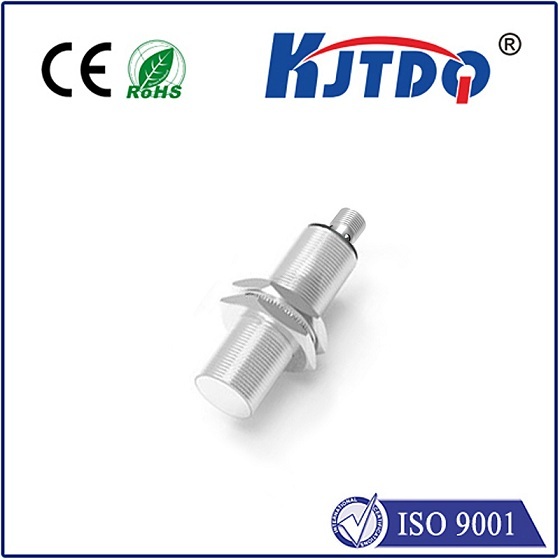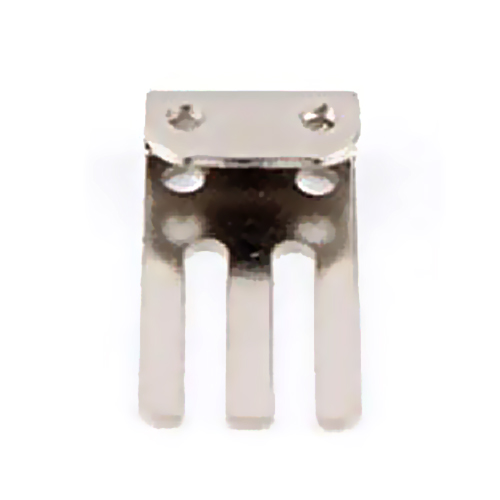buffered temperature probe
- time:2025-08-22 03:15:14
- Click:0
The Unsung Hero of Precision: How Buffered Temperature Probes Deliver Stable Accuracy
Imagine pulling a batch of gourmet ice cream from your machine, only to find it icy and grainy because the temperature sensor momentarily spiked during churning. Or picture a pharmaceutical batch ruined because a sensor reacted instantly to a cooling jacket’s proximity instead of the core liquid temperature. These frustrating, costly scenarios are often rooted in one culprit: unstable temperature readings. Enter the buffered temperature probe – the engineered solution designed to cut through the noise and deliver the reliable, steady measurements critical for countless processes. This isn’t just another sensor; it’s stability engineered into your critical data stream.
While standard temperature probes react swiftly to every minor thermal flux in their immediate vicinity, this very responsiveness can be a disadvantage. Rapid impulses from turbulent fluids, direct contact with heating/cooling elements, sudden airflow changes, or even the opening of an oven door can cause readings to jump erratically. These fluctuations don’t reflect the true average or core temperature of the process medium. Buffered temperature probes specifically counteract this instability. They act as a thermal filter, dampening the impact of rapid transients to provide a significantly smoother and more representative measurement.

So, how does this thermal buffering work? The core principle involves adding thermal mass to the sensor assembly. This can be achieved through several deliberate designs:
- Thermal Mass Encapsulation: The sensitive temperature sensor element (like an RTD or thermistor bead) is enclosed within a material with higher thermal mass, such as a solid stainless steel tip or a larger-diameter sheath filled with thermally conductive material.
- Internal Thermal Mass: Surrounding the sensor element with a material like a small amount of oil, epoxy, or a metal slug inside the probe tip. This added mass absorbs and dissipates rapid heat changes before they fully affect the sensor.
- Optimized Geometry: Probes designed with thicker walls or specific shapes inherently possess more mass to act as a buffer.
Think of it as the difference between dipping your bare finger into a swirling pot of hot water versus dipping a large metal spoon. Your finger feels the intense, immediate variation of hot and cold spots. The spoon, however, heats up more evenly, giving you a better sense of the water’s average temperature. The buffered probe functions like the spoon, integrating thermal inputs over a short period.
Why Stability Trumps Raw Speed in Critical Applications
The primary advantage of a buffered probe is dramatically reduced measurement noise and significantly improved stability. This translates directly into numerous tangible benefits:
- Enhanced Process Control: Control systems (like PID controllers) function far more effectively with a stable input signal. Rapid signal fluctuations cause controllers to constantly “chase” the reading, leading to overshoot, undershoot, and inefficient cycling of heaters or coolers. Buffering provides the steady-state signal controllers crave, resulting in tighter control, reduced energy consumption, and better product consistency.
- Accurate Representation of Bulk Temperature: In fluids being mixed, heated, or cooled, the true temperature of interest is often the average temperature of the bulk medium, not the fleeting temperature at a single point impacted by turbulence or proximity to a heat source. Buffered probes excel at approximating this bulk temperature by averaging out rapid local variations.
- Improved Data Logging and Analysis: Erratic temperature traces are difficult to interpret and provide little meaningful insight into process trends. A buffered probe produces cleaner, more reliable data, making historical analysis, troubleshooting, and reporting significantly easier and more accurate.
- Reduced False Alarms: Unnecessary alarms triggered by harmless, momentary temperature spikes are minimized, reducing operational disruption and ensuring alarms signal genuine process deviations needing attention.
Where Buffered Probes Shine: Key Applications
Their unique ability to filter noise makes buffered temperature probes indispensable across diverse industries:
- Food & Beverage Processing: Ensuring pasteurization/sterilization efficacy, maintaining precise cooking/frying temperatures, controlling fermentation stability, and guaranteeing uniform cooling/freezing. Critical for HACCP compliance and product safety/quality.
- HVAC and Building Automation: Measuring room or duct air temperature without reacting to every brief draft or localized heat source (e.g., sunlight through a window, a person walking by). Provides stable feedback for efficient climate control.
- Industrial Process Control: Monitoring temperatures in tanks, reactors, pipelines, and ovens where fluid flow, mixing, or heating elements can cause turbulence and localized hot/cold spots. Essential for consistent product quality in chemicals, plastics, textiles, etc.
- Pharmaceutical & Biotechnology: Critical for process validation and maintaining strict environmental conditions in bioreactors, incubators, sterilization chambers, and stability chambers where precise, stable temperatures are non-negotiable for product safety and efficacy.
- Water Treatment & Environmental Monitoring: Accurately measuring water body temperatures or effluent streams, buffering against flow variations or localized heat sources.
- Laboratory Research: Providing stable temperature readings in baths, incubators, and environmental chambers where experimental reproducibility depends on consistent conditions.
Key Considerations: Maximizing Buffered Probe Effectiveness
While buffering offers significant advantages, understanding its implications is vital:
- Response Time Trade-Off: The primary trade-off for stability is a slower thermal response time. The added thermal mass takes longer to heat up or cool down compared to an unbuffered sensor. This isn’t inherently “worse” – it’s a design choice. The buffered probe isn’t intended for applications demanding millisecond-level reaction to rapid temperature changes; it’s designed for accuracy in dynamic environments where averaging is beneficial. Specify the required stability level versus acceptable response time for your application.
- Calibration Remains Paramount: Buffering does not negate the need for regular, accurate calibration. The probe must still be calibrated to ensure its smoothed reading accurately reflects the true temperature. The stability simply makes the actual signal less noisy.
- Placement is Still Crucial: Even a buffered probe needs to be correctly placed to measure the representative zone. Buffering helps with point stability, but placement ensures you’re measuring the right point.
- **Material Compatibility






